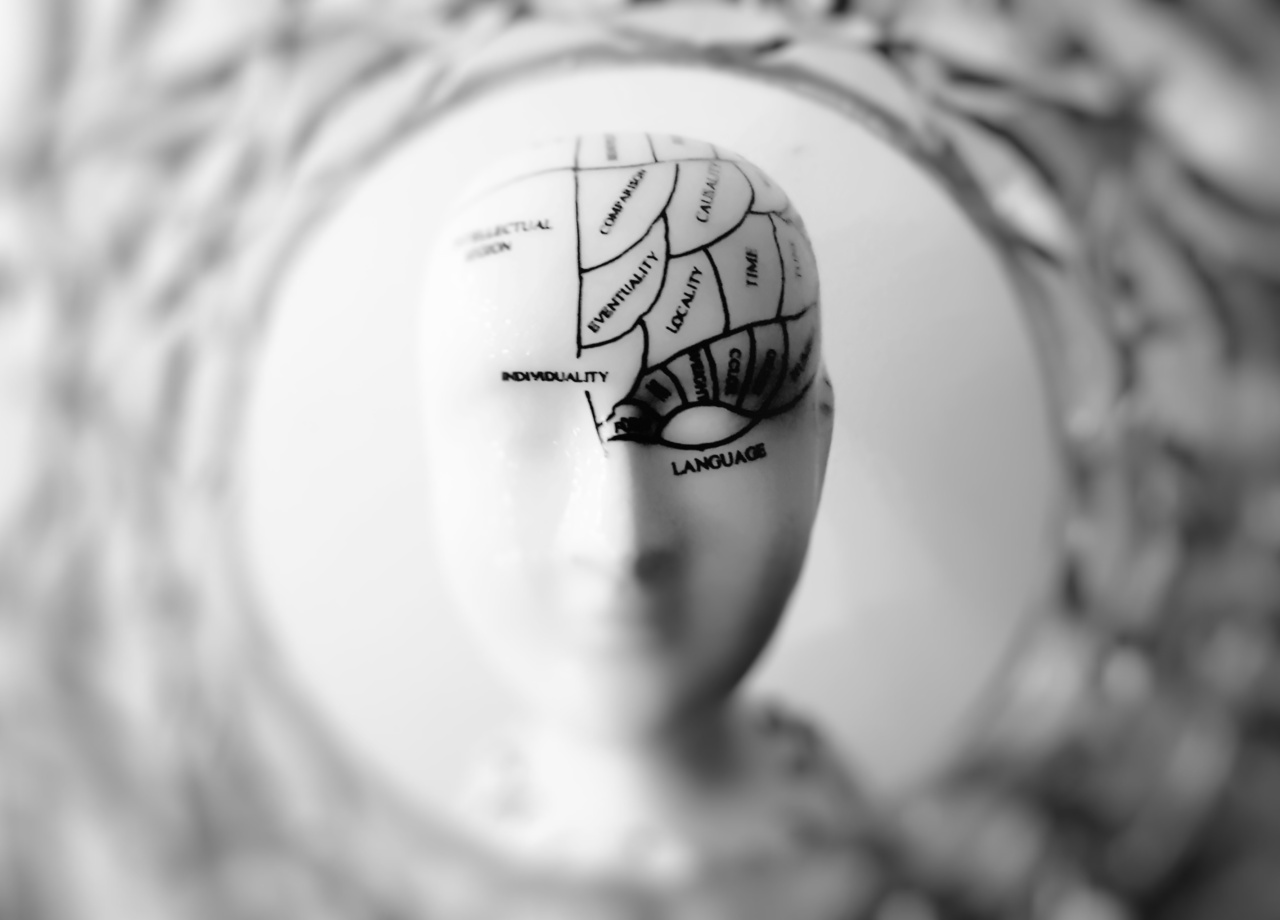The human brain is an incredibly complex and powerful organ, responsible for all of our thoughts, emotions, perceptions, and experiences.
But how does it create our subjective reality? How does it take in sensory information from the outside world and turn it into our own unique and personal experience? In this article, we will explore the fascinating process by which the brain constructs subjective reality and delve into some of the key factors that influence our perception of the world around us.
Perception: The Building Blocks of Reality
Perception is the process by which the brain organizes and interprets sensory information from the environment. It is through perception that we construct our reality, shaping our experiences and influencing our behavior.
The brain takes in information from our senses – such as sight, hearing, taste, touch, and smell – and combines them to create a cohesive and meaningful representation of the world.
Sensory Processing and Integration
One of the first steps in creating subjective reality is the processing and integration of sensory information. Different regions of the brain are responsible for processing specific sensory inputs.
For example, the visual cortex at the back of the brain receives and processes visual information, while the auditory cortex in the temporal lobe handles auditory inputs.
However, the brain does not simply process sensory information in isolation. It integrates inputs from multiple senses to create a more complete and accurate representation of the world.
This process, known as multisensory integration, allows us to perceive the world in a holistic manner. For instance, when we see a person speaking, our brain combines the visual and auditory inputs to perceive their voice as coming from their mouth.
Attention and Selective Filtering
While the brain is constantly bombarded with sensory information, it cannot pay equal attention to everything. The selective filtering of information is an essential process that helps us focus on what is most relevant or important at any given moment.
Attention is a cognitive mechanism that enables the brain to prioritize certain sensory inputs over others. It allows us to selectively filter out irrelevant or distracting information and concentrate on what is meaningful to us at a particular time.
For example, in a crowded and noisy room, you can focus your attention on a conversation with a friend while effectively ignoring the surrounding noise.
Memory and Past Experiences
Our past experiences and memories play a fundamental role in shaping our subjective reality. The brain relies on stored memories to interpret and make sense of present experiences.
Our past experiences create a framework or a set of expectations that influence how we perceive and interpret the present moment.
Memory can impact subjective reality in various ways.
For instance, if you have had a negative experience with a particular type of food, your brain may create a subjective reality where that food tastes unpleasant, even if it objectively has a pleasant taste. Similarly, positive memories associated with certain places or activities can influence your subjective reality by evoking positive emotions and perceptions in those contexts.
Beliefs and Cognitive Biases
Our beliefs, opinions, and expectations can strongly shape our subjective reality. The brain has a natural tendency to seek evidence that confirms our existing beliefs and disregards information that challenges them.
This cognitive bias, known as confirmation bias, can lead to distorted perceptions of reality.
Confirmation bias can affect various aspects of our subjective reality. It can influence how we interpret ambiguous situations, how we form opinions about others, and how we perceive societal issues.
For example, two individuals with different political beliefs may interpret the same news event in entirely different ways, each aligning their subjective reality with their preexisting beliefs.
Emotions and Subjective Reality
Emotions are an integral part of our subjective reality, coloring our experiences and shaping our perceptions. The brain processes emotions in specialized areas such as the amygdala and the prefrontal cortex.
Emotions can influence how we interpret and remember events, impacting our overall subjective reality.
For example, if you are in a negative emotional state, you may perceive neutral stimuli as threatening or unpleasant.
On the other hand, positive emotions can enhance our subjective reality, making us more receptive to positive experiences and interactions. Emotions can create a powerful filter through which we experience and interpret the world around us.
Neuroplasticity and Adaptation
The brain is an adaptable organ, capable of rewiring and reorganizing itself based on experience and learning. This phenomenon, known as neuroplasticity, allows our subjective reality to change and evolve over time.
Neuroplasticity plays a role in how the brain constructs subjective reality by modifying the connections between neurons. As we learn new things or have new experiences, the brain forms new neural pathways and strengthens existing connections.
This rewiring can alter our perception of the world, shaping our subjective reality. For instance, learning to play a musical instrument can enhance our perception of music, enabling us to pick up subtle nuances that we were previously unaware of.
Social and Cultural Influences
Subjective reality is not solely a product of individual brain processes but is also strongly influenced by social and cultural factors. Our interactions with others, societal norms, and cultural values shape our perception of reality.
For example, cultural differences in language can lead to variations in color perception. Some cultures may have different categorical distinctions for colors compared to others, influencing how they perceive and categorize colors.
Similarly, social influences, such as social norms or peer pressure, can affect how we perceive and interpret social situations.
Limitations of Subjective Reality
While the brain constructs our subjective reality, it is important to acknowledge its limitations. Our perception of reality is subjective and can be influenced by various biases, cognitive limitations, and even neurological disorders.
For example, individuals with anxiety disorders may perceive neutral situations as threatening due to an overactive stress response in the brain.
Similarly, individuals with certain neurological conditions, such as synesthesia, may experience sensory information in unique and unconventional ways, challenging traditional notions of subjective reality.
Conclusion
The brain plays a remarkable role in creating our subjective reality. It integrates sensory inputs, selectively filters information, incorporates past experiences and memories, and is influenced by beliefs, emotions, and social factors.
While subjective reality is a powerful construct through which we experience the world, it is important to recognize its limitations and the potential biases that can shape our perceptions. Understanding how the brain creates subjective reality can provide insights into our cognition, behavior, and the diverse nature of human experiences.






























